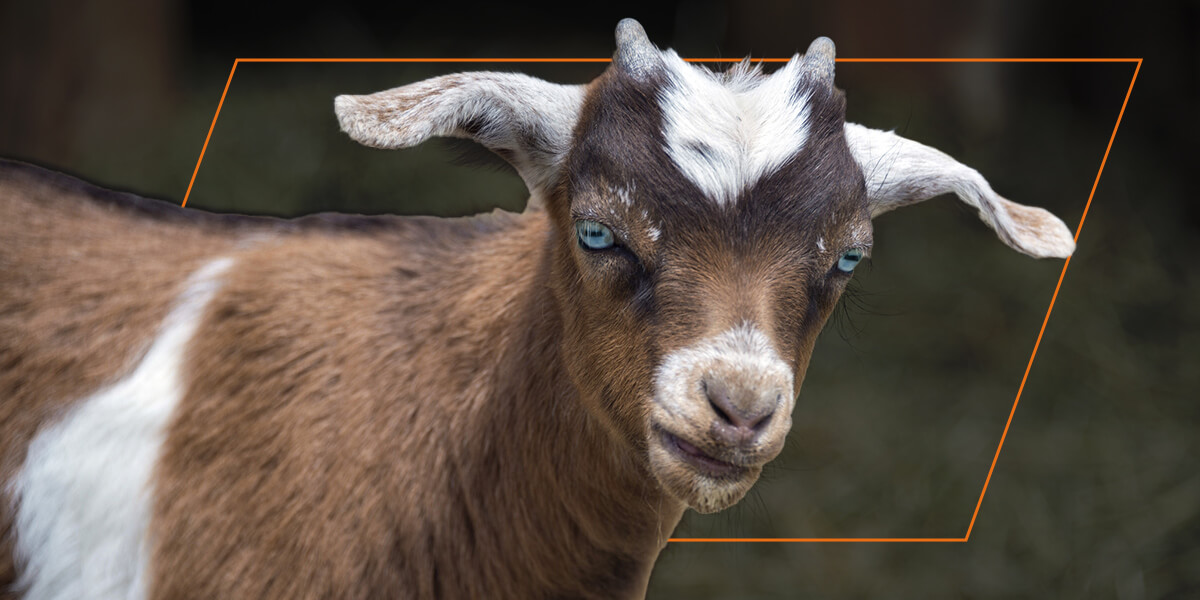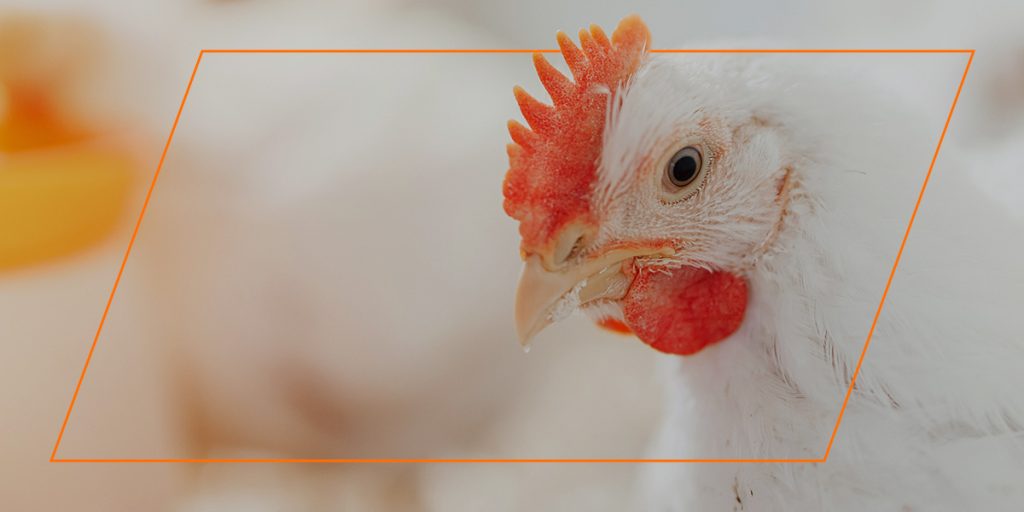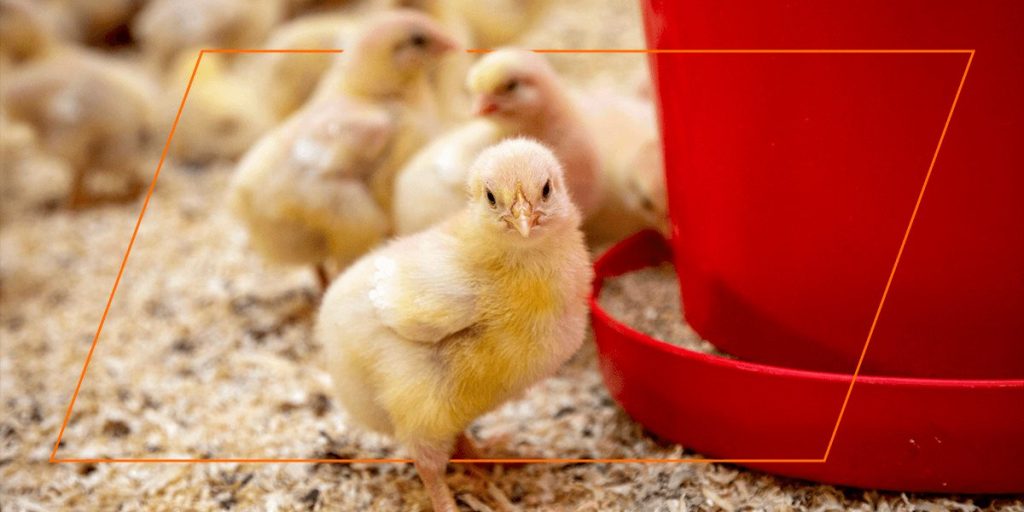Imagine a loud vehicle drives by a pasture full of goats. The vehicle startles the goats, so they begin to flee to the other side of the field. But some freeze, like a deer in headlights, and fall over along the way. This type of goat is a fainting goat.
A fainting goat or myotonic goat is a breed of goat that stiffens and falls over when startled. There are many videos of fainting goats on the internet, so most people know about myotonic goats. But you may not understand why they faint or how to care for them.
Whether you want to own these goats or learn more about them, check out our comprehensive guide to fainting goats.
Fainting Goats Don’t Faint
It might surprise you to know that fainting goats don’t actually faint. When humans faint, it’s commonly caused by a loss of blood flow to the brain, so they lose consciousness. However, when goats freeze and fall over, they aren’t doing so because of a lack of blood flow, and they don’t lose consciousness.
What Causes a Goat to Faint?
Fainting goats are born with a hereditary neuromuscular disorder called myotonia congenita. In humans, myotonia congenita prevents your muscles from quickly relaxing after a voluntary contraction.
The same thing happens with goats. When their muscles suddenly stiffen as the animals attempt to flee, they stay stiff, causing the goats to fall over but remain aware. Older goats can learn to manage this condition and stay upright when their muscles stiffen by leaning on objects.
Do the Goats Feel Pain When They Faint Like This?
Fainting isn’t harmful to the goats since myotonia congenita only affects their muscles. Interestingly, both fear and excitement can trigger this reaction.
While the goats can’t communicate with their owners, it’s safe to infer that fainting doesn’t cause them pain. Most goats stand up after a few seconds and continue on their way.
The only dangers these goats experience from fainting are falling off tall objects during an episode or stress. It’s important to take care and not startle the goats so you can see them faint. Aside from causing stress, no one — people or animals — enjoys a fright.
Where Do Fainting Goats Originate From?
These goats are one of the few breeds indigenous to the United States. The breed’s true origins are unknown, but historians can trace their history back to the 1880s. At that time, John Tinsley, a farm laborer, migrated to central Tennessee from Nova Scotia with four unusually stiff goats. Since the goats were less likely to climb fences and had a high reproductive rate and excellent muscular conformation, they became popular.
In the 1950s, farmers transported the goats to Texas, where they bred them for meat. Today, there are two types of myotonic goats. The smaller of the two is from Tennessee and bred as a pet, while the larger one, the Tennessee Meat Goat, is still bred for meat.
How to Care for Myotonic Goats
People keep fainting goats for a variety of reasons. You can raise them for meat, milk, and weed control or as pets or show animals. Whatever the reason, myotonic goats require similar care to other goats. What you’ll need to care for a myotonic goat includes:
- Healthy food: While goats eat grasses, shrubs, and weeds, you still want to feed goats organic pellets full of nutrients and minerals. A healthy diet ensures they remain healthy, happy, and productive. Give growing goats and kids one to two pounds of organic pellets daily. You can also feed your goats treats and snacks, but make sure you don’t give them something they can’t eat.
- Fresh water: They need access to fresh, clean water at all times.
- Adequate space: Goats don’t require much room, but you want each pair to have 15 square feet of space so they can move freely, graze, and forage.
- Shelter: Animals must seek shelter from weather elements like rain, wind, or snow. To ensure the safety of your goats, choose a shelter with three sides and a roof. You can keep your goats comfortable by adding a thick layer of bedding, which can be straw, hay, wood shavings, or blankets. If you live in a cold climate, enclose the shelter to keep the goats warm and safe.
- Secure fencing: Fainting goats don’t typically climb as high as other goats, so they don’t usually climb fences. However, goats can chew through the fence and slip through a small opening, which is why you need a secure fence. A strong, secure fence can be almost any material, from woven wire to chain-link, as long as there aren’t any gaps and it’s high enough to prevent them from climbing over it. Be aware of any predators in the area that would take advantage of a group of fenced animals and take precautions.
- Items to jump or climb on: Adding goat climbing structures and toys keeps them entertained and prevents them from causing trouble due to boredom. Goats enjoy platforms, bridges, and balls. These items enrich their environment and entertain them for hours. Just be sure to avoid adding any items that are too high up.
- Veterinary care: Veterinarians recommend vaccinating goats against Clostridium perfringens type C and D and tetanus. There are many other optional vaccines, so it’s best to consult with a veterinarian and decide which ones are best for your goats. In addition to vaccines, your veterinarian can advise you on the best diet for your goats and how to maintain their hooves. Overall, proper veterinarian care helps ensure the health of your goats.
- Companions: Since goats are herd animals, they thrive in environments with other goats.
Most of the time, you don’t have to worry when your goats faint. It may take them a little while to recover, but they are fine once they do. However, removing sharp or dangerous items from their fenced-in play area is essential.
Keep Your Fainting Goats Happy and Healthy With Nature’s Best Organic Feeds
It’s crucial to ensure the health of your pets, and goats are no exception. A proper diet is one way to help your goats maintain their health and activity. While goats eat many kinds of grasses, hays, and shrubs, they may not get all the nutrients they need from grazing. But they can get the nutrients, vitamins, and minerals they need with Nature’s Best Organic Goat Feed Pellets.
Nature’s Best Organic Feeds is the organic brand of Kreamer Feed. For 75 years, we’ve provided healthy and nutritious feeds to customers in bagged and bulk quantities. Our premium goat feed pellets are free of animal by-products, antibiotics, chemicals, pesticides, and growth hormones. Order our feed online today or find us in a store near you.




